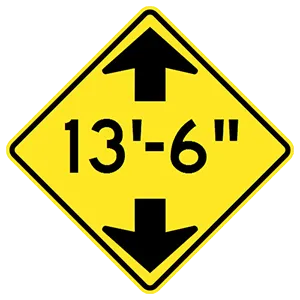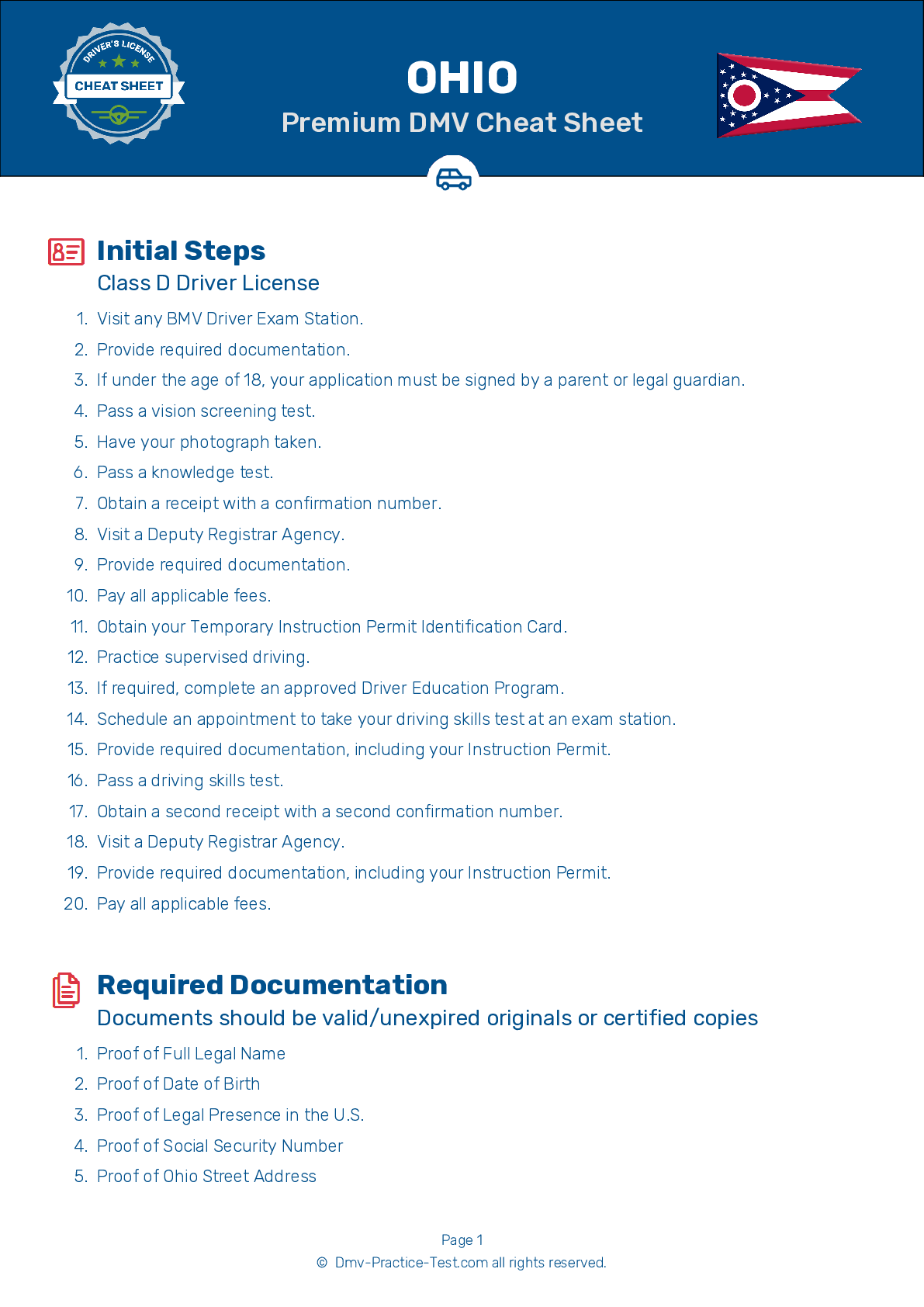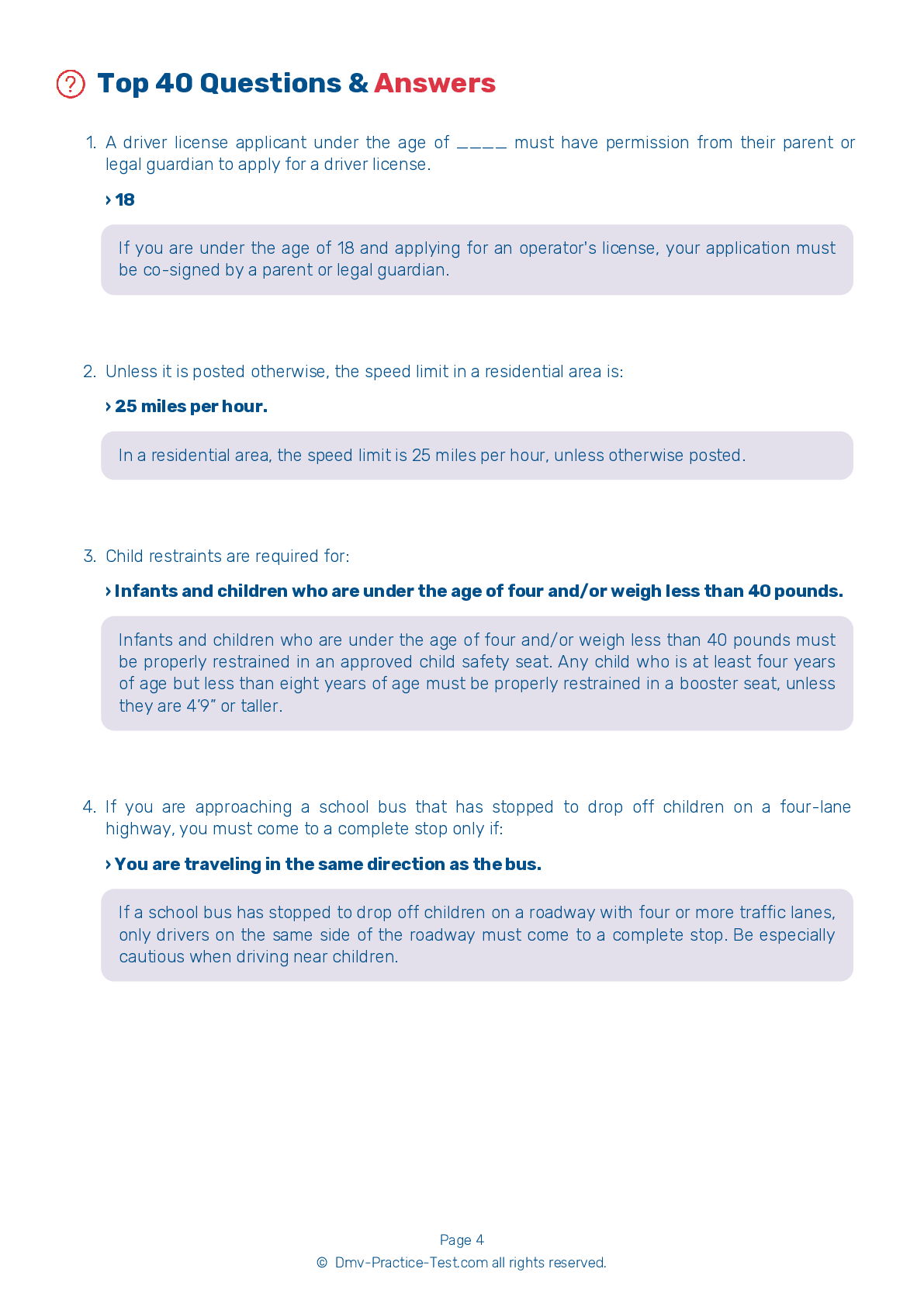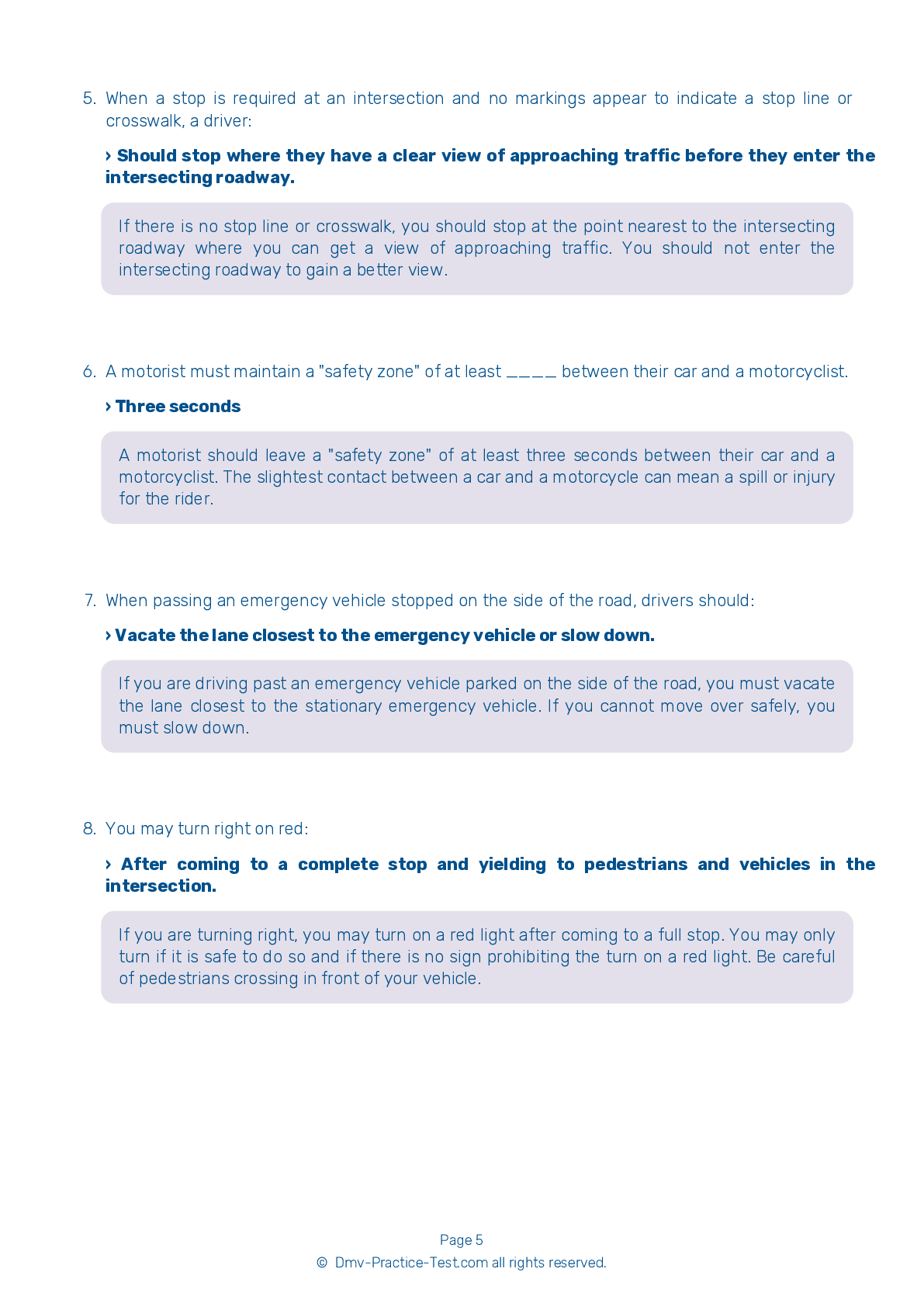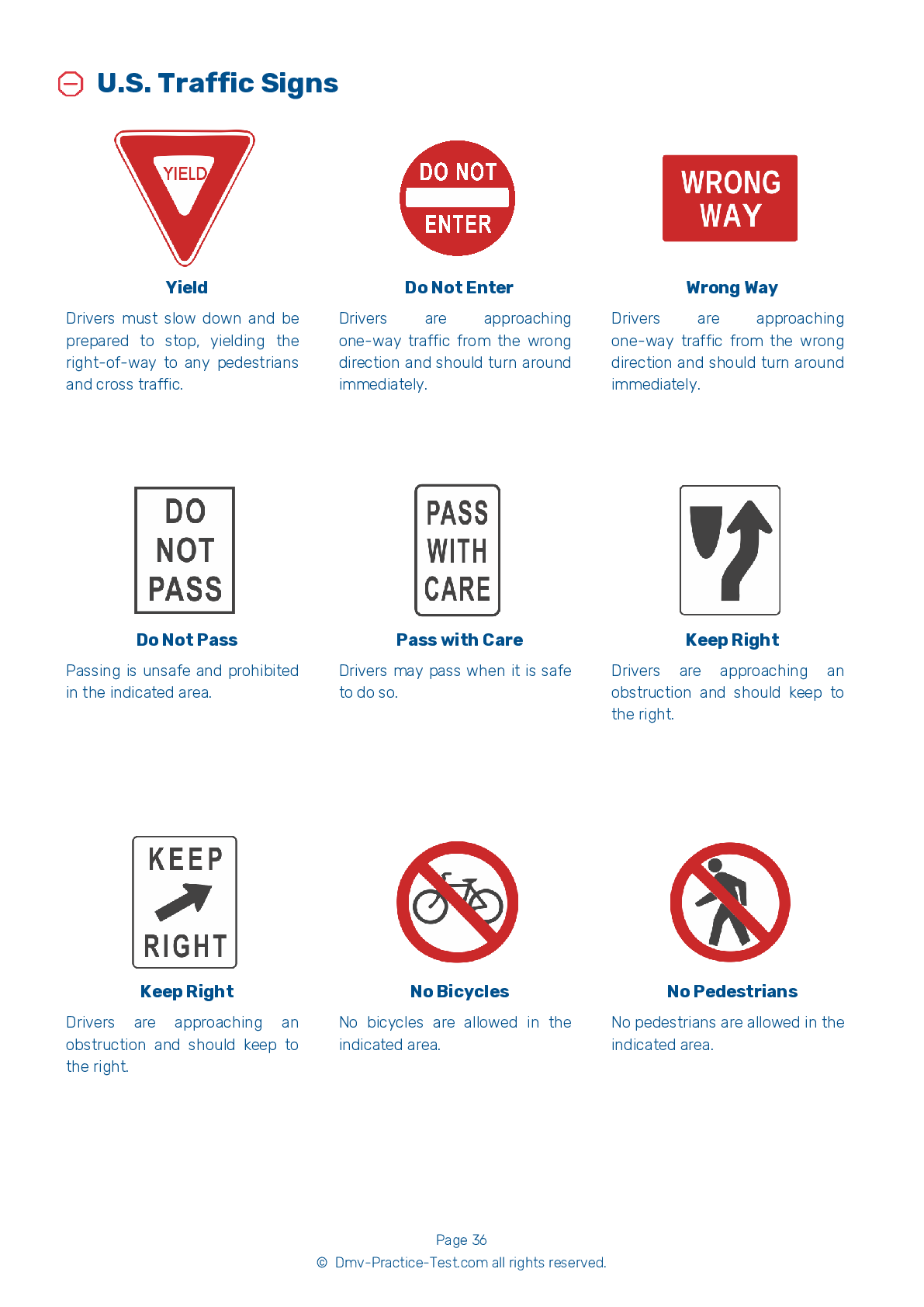FREE Ohio DMV Practice Test #4 Page 3 of 5
The practise exams for Ohio's DMV have been revised for January 2025. It comprises questions based on the most important traffic signals and laws for 2025 from the Ohio Driver Handbook. To study for the DMV driving permit test and driver's licence exam, use actual questions that are very similar (often identical!) to the DMV driving permit test and driver's licence exam.
Each question on the practise exam has a tip and explanation to help you recall the ideas. Questions about traffic rules, traffic signs, and driving statutes, as well as knowledge from the Driver Handbook, will be included in the written portion of the official Ohio DMV test.
You must properly answer 35 of the 40 questions to receive a passing mark. To help you prepare for your instruction permit or driver's licence, take this practise test from the Ohio Department of Motor Vehicles.
The DMV exam is offered in a variety of languages.
Using any form of testing help will result in an automatic fail, and the DMV may take further action against your driver's licence, so avoid it.
17 . This road sign means:

This sign indicates a merge ahead. It warns that two lanes of traffic moving in the same direction are about to become one.
18 . It is illegal for a person 21 years of age or older to drive with a minimum blood alcohol concentration (BAC) of:
For drivers age 21 or older, it is illegal to operate a motor vehicle with a blood alcohol concentration (BAC) of 0.08 percent or higher. Driving while under the influence of alcohol is not only illegal, but dangerous.
19 . A speed restriction sign:
Curve and turn warning signs often have attached advisory speed signs that show a recommended driving speed for drivers in the curves and turns. Although a driver may feel comfortable driving at a higher speed in fair weather, they should never do so under rainy, snowy, or icy conditions.
20 . If you are following a school bus or tank truck, you should:
School buses and tank trucks carrying flammable liquids must stop at railroad crossings. Be prepared to stop if following one of these vehicles.
21 . This road sign means:
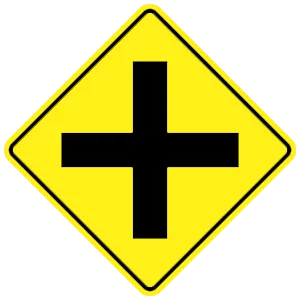
This sign means that you are approaching an upcoming intersection. Watch carefully for cross traffic.
22 . When a stop is required at an intersection and no markings appear to indicate a stop line or crosswalk, a driver:
If there is no stop line or crosswalk, you should stop at the point nearest to the intersecting roadway where you can get a view of approaching traffic. You should not enter the intersecting roadway to gain a better view.
23 . Unless otherwise posted, the speed limit on freeways with paved shoulders is:
Unless otherwise posted, the speed limit on freeways with paved shoulders is 65 mph. If a different speed limit is posted, you should follow that speed limit.
24 . This road sign means:
